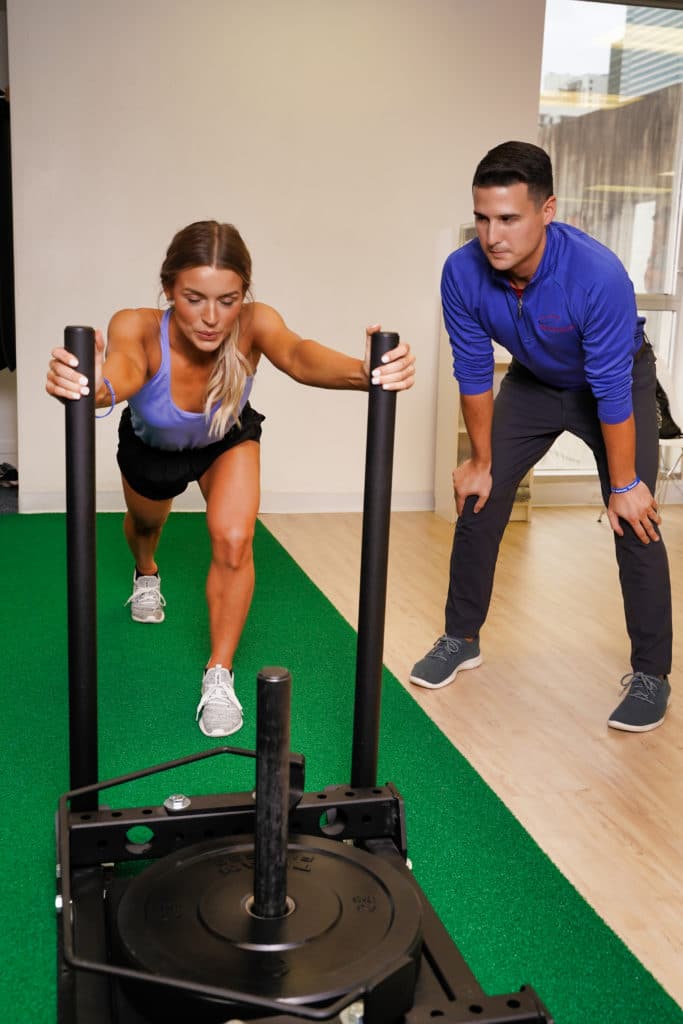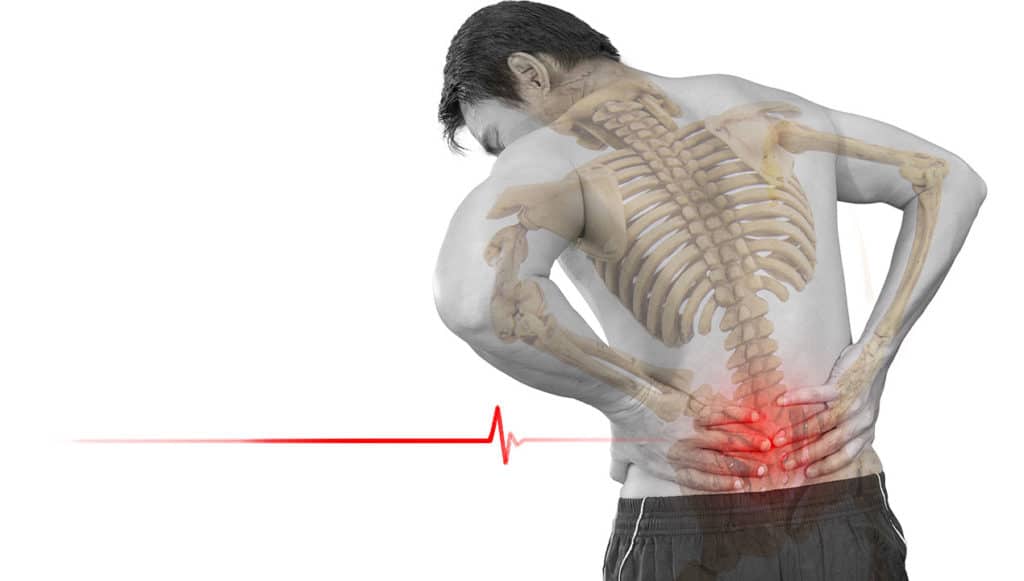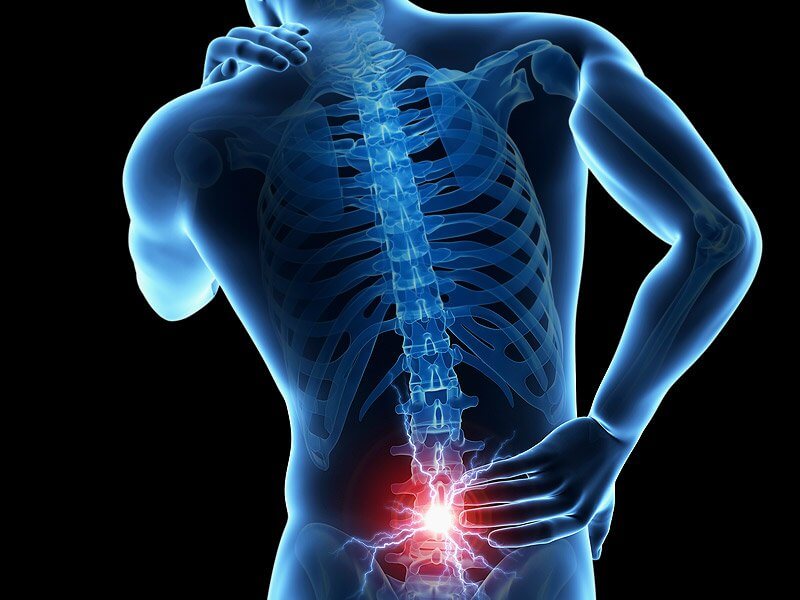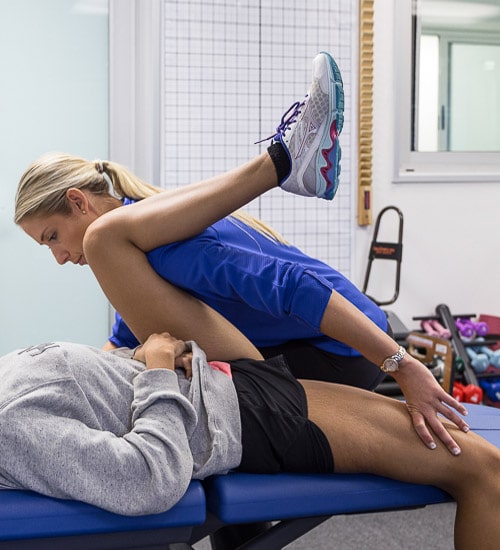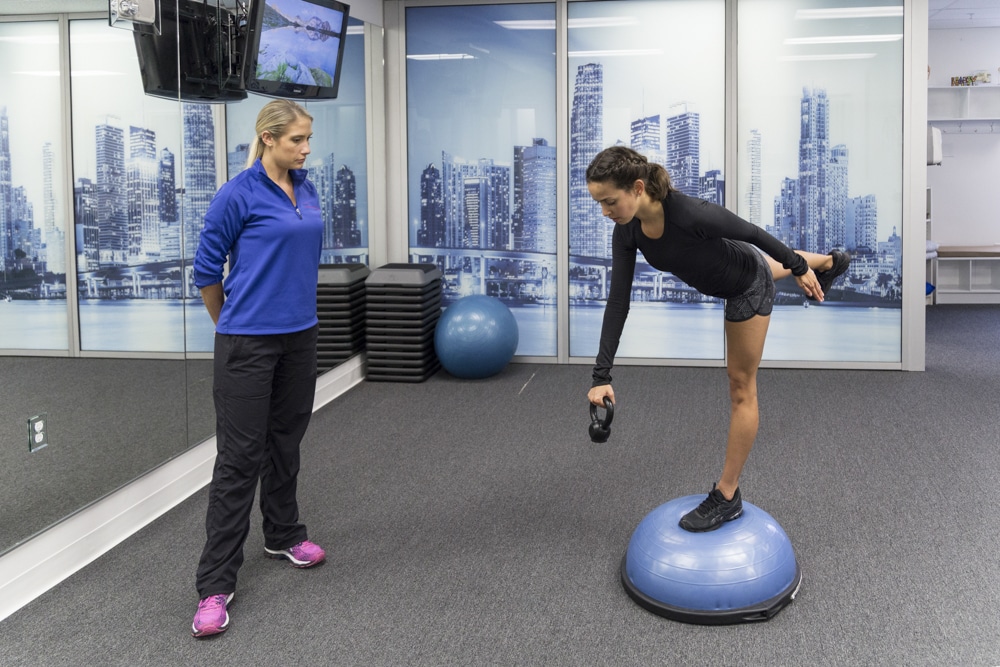Posts by Team Symmetry PT
Selective Functional Movement Assessment
What is the Selective Functional Movement Assessment? The Selective Functional Movement Assessment (SFMA) is a clinical assessment tool. It is used to determine a movement diagnosis for those who experience pain. A movement diagnosis is different from a typical medical diagnosis because it focuses on movement. Here at Symmetry Physical Therapy, we are able to…
Read MoreRunning Tips & Tricks
How to get to the finish line One of the most popular events in Miami is taking place this month- the Miami Corporate Run! We here at Symmetry are passionate about exercise and sports performance. We will briefly discuss how to address the run from your running form, injury prevention, and general nutrition. Here are…
Read MoreThe Benefits of Massage Therapy
How Massage Therapy Can Benefit Your Mental and Physical Health The benefits of massage can be an integral component in your self-care. When was the last time you had a massage? A massage is usually reserved for special occasions. Despite how great we feel, most of us don’t think about getting another massage until our…
Read MoreRunning Injuries
The most commonly seen running injuries are in the feet and knees. These overuse injuries can almost always be corrected with physical therapy. These injuries occur due to muscular imbalances and poor biomechanics that have developed due to repetitive incorrect motion. We are equipped to perform a running analysis to help treat and prevent running…
Read MoreWhat’s New At Symmetry Physical Therapy?
Symmetry Physical Therapy is growing! We have decided to expand Symmetry Physical Therapy! Our patient list is growing and so are we. So what does this mean for your current physical therapy sessions? Our physical therapists will continue to provide dedicated one-on-one physical therapy care. We are very excited about this growth. As a result,…
Read MoreBack Pain: Why is it important to receive early physical therapy?
Intro to Back Pain Say you decide to play a friendly game of tennis with a friend after work and you tweak your back. Or even you go to pick up your four year old grandson and something just doesn’t feel right in your low back after words. Back pain can be extremely painful and…
Read MoreThe Diaphragm and Lower Back Pain?
Low back pain is a very common orthopedic condition that brings people to physical therapy. There are many factors that play into an individual’s back pain, making it one of the hardest areas of the body to treat. Recent literature has keyed in on breathing patterns and diaphragm dysfunction as a factor contributing to lower…
Read MoreFlexibility vs. Mobility: What’s the Difference?
Chances are you’ve seen an Instagram account or two (or ten) promoting mobility challenges. These include exercises that require motion at many joints to perform correctly. So you’re probably thinking, I can stretch for 5 minutes and then try this exercise again with a better result. By doing this, you might not see the results…
Read MoreCore Stability: Why is it Important?
Your core is the centerpiece of your body; Your core is a connection point for all limbs of the body. Also, your core is the area where all motion and energy are transmitted to other parts of the body. Core stability is thought of as the trunks ability to move on the pelvis in such…
Read MoreBenefits of Unilateral Exercise
Unilateral means “one sided”; an exercise performed on one side of the body, or with one limb. Bilateral means “both sides”; an exercise performed with both sides of the body or with both limbs. For example, a piston would be considered a unilateral exercise, where a squat would be considered a bilateral exercise. Unilateral…
Read More
